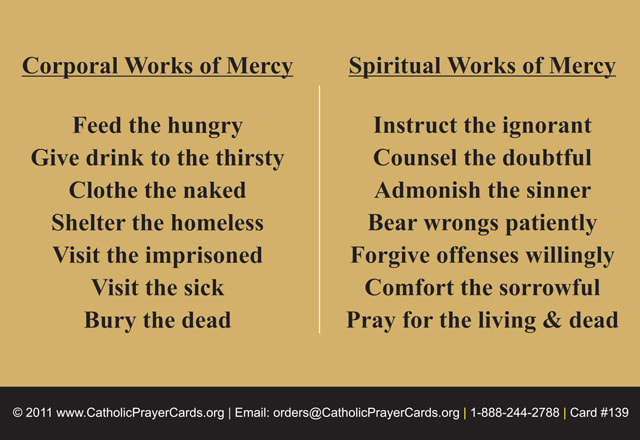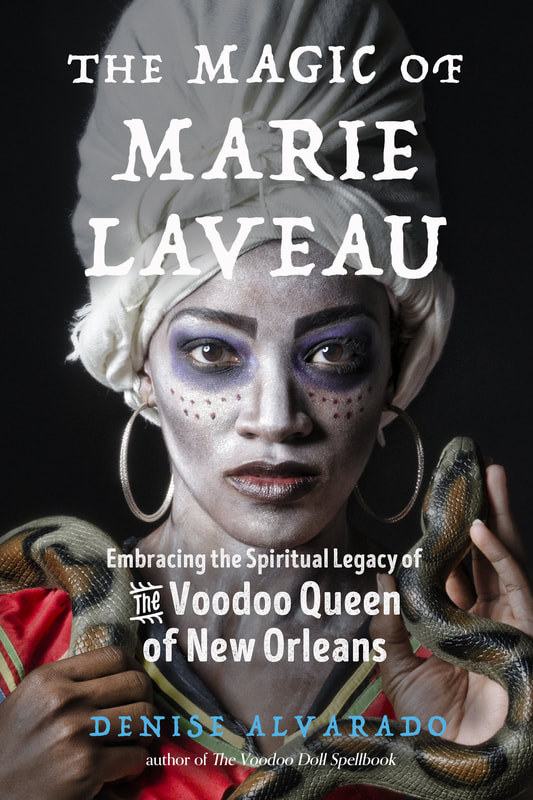The Devout Catholic
Marie had a large, warm heart and tender nature, and never refused a summons from the suffering, no matter how dangerous the disease. Wherever she went, she labored faithfully and earned life-long friends. During the yellow fever and cholera epidemics she proved herself a noble woman, going from patient to patient, administering to the wants of each and saving many from death. —Staunton Spectator and General Advertiser, June 21, 1881

